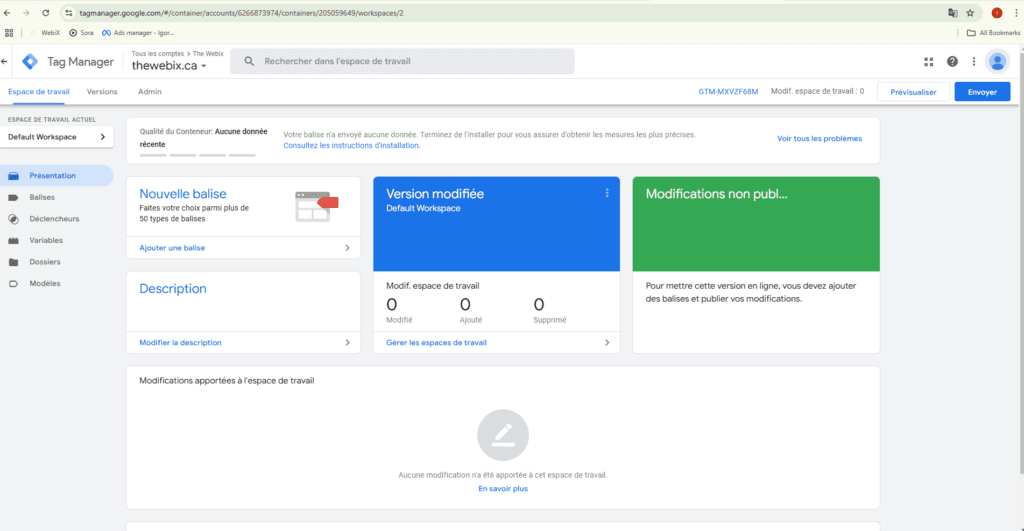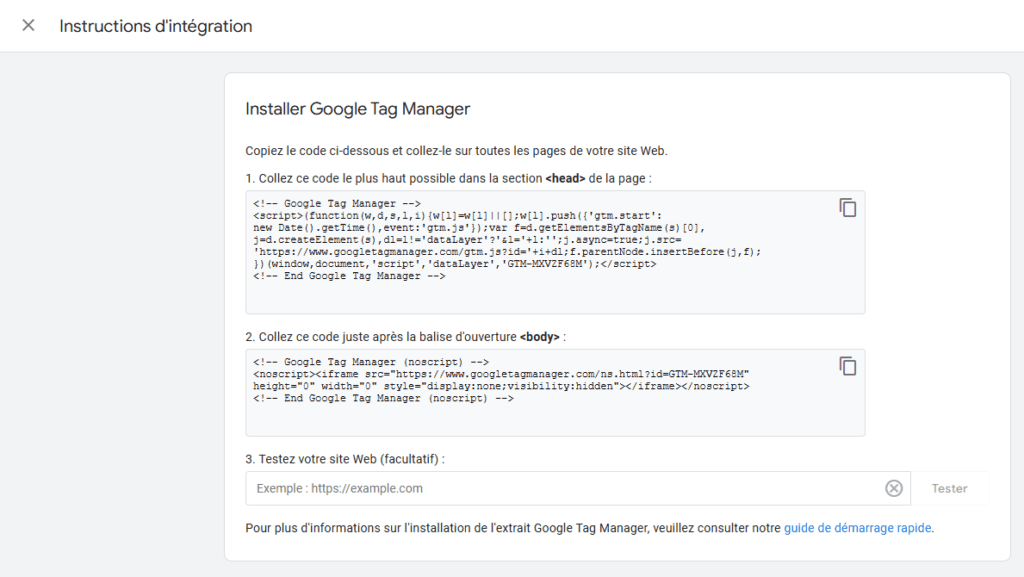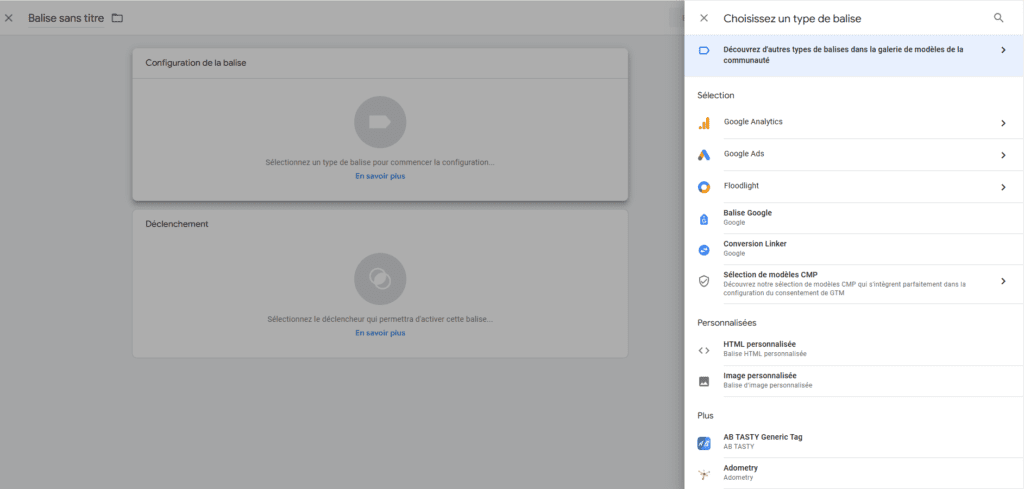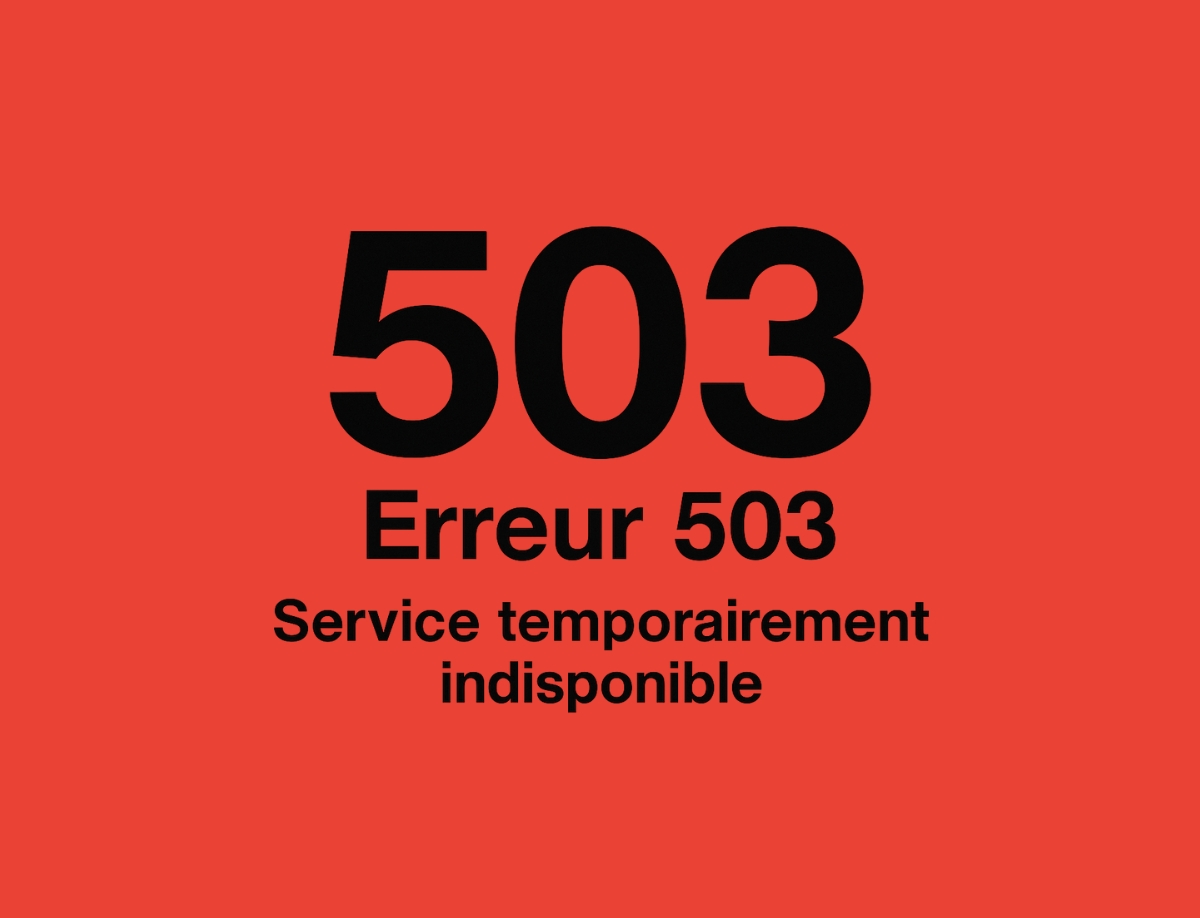In today's digital world, effective tag management is crucial to the success of your marketing strategy. That's why many people are wondering how to use Google Tag Manager (GTM) . Indeed, this powerful tool simplifies tag deployment without requiring in-depth technical skills. So, in this article, we'll explore what Google Tag Manager is, its benefits, how to install it, and best practices for maximizing its use.
1. What is Google Tag Manager?
Google Tag Manager (GTM) is a free solution from Google that makes it easy to manage and deploy tags on your website or mobile application. In other words, a tag is a piece of code that collects data and sends it to third-party services such as Google Analytics, Facebook Pixel, or other marketing tools.
1.1 Understanding Tag Manager
The tag manager acts as a centralized container for all your tags. So, instead of manually adding each tag to your site's code, you manage them directly from GTM's interface. This simplifies the process, reduces the risk of errors and speeds up the deployment of new tags.
1.2 The different tag types
There are several types of tags you can manage with GTM:
- Conversion tracking tags : Measure the effectiveness of your advertising campaigns.
- Remarketing tags Target previous visitors with personalized ads.
- Analysis tags Collect data on user behavior.
1.3 Penalties and fines
Penalties for non-compliance with the LCAP can be severe. Depending on the seriousness of the offence, companies risk being fined several million dollars. What's more, recurring violations can aggravate these penalties. These fines are designed to deter spam and encourage ethical marketing.
2. The benefits of using GTM
Using Google Tag Manager offers many advantages for your marketing strategy.
2.1 Flexibility and speed
With GTM, you can add, modify or delete tags without having to intervene in your site's source code. As a result, new campaigns can be set up quickly, and you can adapt nimbly to market changes.
2.2 Reducing technical errors
GTM minimizes the risk of human error by automating the tag deployment process. What's more, the tool includes preview and debugging capabilities to check that tags are working properly before they are published.
2.3 Simplified collaboration
Marketing and technical teams can work together more effectively thanks to GTM. GTM offers granular access controls, enabling each team member to manage tags according to their responsibilities.
3. How to set up Google Tag Manager on your site
Installing Google Tag Manager is relatively straightforward, and can be completed in just a few steps.
3.1 Create a Google Tag Manager (GTM) account
First of all, visit the Google Tag Manager and create an account. You'll need to provide some basic information about your company and your website.

3.2 Installing the GTM container
Then, after creating your account, GTM will provide you with a code snippet to insert in the <head> and the <body> of your website. This step is essential for GTM to manage your tags.

3.3 Adding tags via the GTM interface
Once the container has been installed, you can add tags directly from the GTM interface. For example, to add a Google Analytics tag, select "New Tag", choose the tag type, configure the parameters, and set the triggers.

4. Best practices for using Tag Manager
To get the most out of GTM, it's important to follow certain best practices.
4.1 Organizing your tags
Firstly, name your tags clearly and consistently. By using naming conventions that reflect their function or the service they use, you'll make it easier to manage and maintain your tags over the long term.
4.2 Use appropriate triggers
Triggers determine when and where a tag should be activated. So use precise triggers to avoid overloading your site with unnecessary tags. For example, activate a conversion tracking tag only on the purchase confirmation page.
4.3 Test before publishing
Before publishing new tags, use GTM's preview mode to check how they work. This allows errors to be detected and corrected before they affect your data.
5. Integrations and complementary tools
Google Tag Manager integrates with numerous tools and platforms, enhancing its power and flexibility.
5.1 Integration with Google Analytics
GTM makes it easy to implement Google Analytics by allowing you to set up event-tracking tags without modifying your site's code. This allows you to track specific actions such as button clicks or form submissions.
5.2 Advertising platform support
In addition to Google Analytics, GTM supports integrations with advertising platforms such as Facebook Ads, LinkedIn Ads, and Twitter Ads. As a result, you can manage all your advertising tags from a single location.
5.3 Plugins and extensions
There are many plugins and extensions for Google Tag Manager (GTM) that can extend its functionality. For example, plugins for video tracking, forms, or advanced user interactions.
6. Optimize your use of Google Tag Manager
To maximize the benefits of GTM, here are a few additional tips.
6.1 Training and resources
Invest in training your team to fully master GTM. Google offers many free resources and certifications to help you get started.
6.2 Regular monitoring and maintenance
Monitor your tags regularly to make sure they're working properly and not slowing down your site. In addition, update or remove obsolete tags to maintain optimal performance.
6.3 Automating repetitive tasks
Use variables and tag templates to automate repetitive tasks. This reduces the time needed to configure new tags and minimizes errors.
7. Google Tag Manager use cases
Let's illustrate how GTM can be used in different marketing situations.
7.1 Conversion tracking
Let's say you're launching a new advertising campaign. With GTM, you can easily add a conversion tracking tag. So you can measure the effectiveness of your campaign without waiting for a developer.
7.2 Personalizing the user experience
By using GTM to deploy personalization tags, you can tailor the content of your site according to user behavior. For example, you can display recommendations based on previously visited pages. In this way, the user experience becomes more relevant and engaging.
7.3 Advanced analysis
GTM lets you configure tags for advanced analyses, such as conversion funnel tracking or user path analysis. This provides you with precise data. So you can make informed decisions to optimize your site.
Conclusion
Google Tag Manager is an essential tool for any company wishing to optimize its web strategy. It centralizes tag management and enhances flexibility. It also reduces technical errors and facilitates data analysis. Whether you're a beginner or an expert in digital marketing, mastering GTM will improve your tracking and performance.
At The Webixwe can help you implement and optimize GTM to maximize your sales. marketing results. You'll benefit from better management and more precise monitoring. So don't wait any longer to exploit the full potential of this tool and boost your web strategy.








